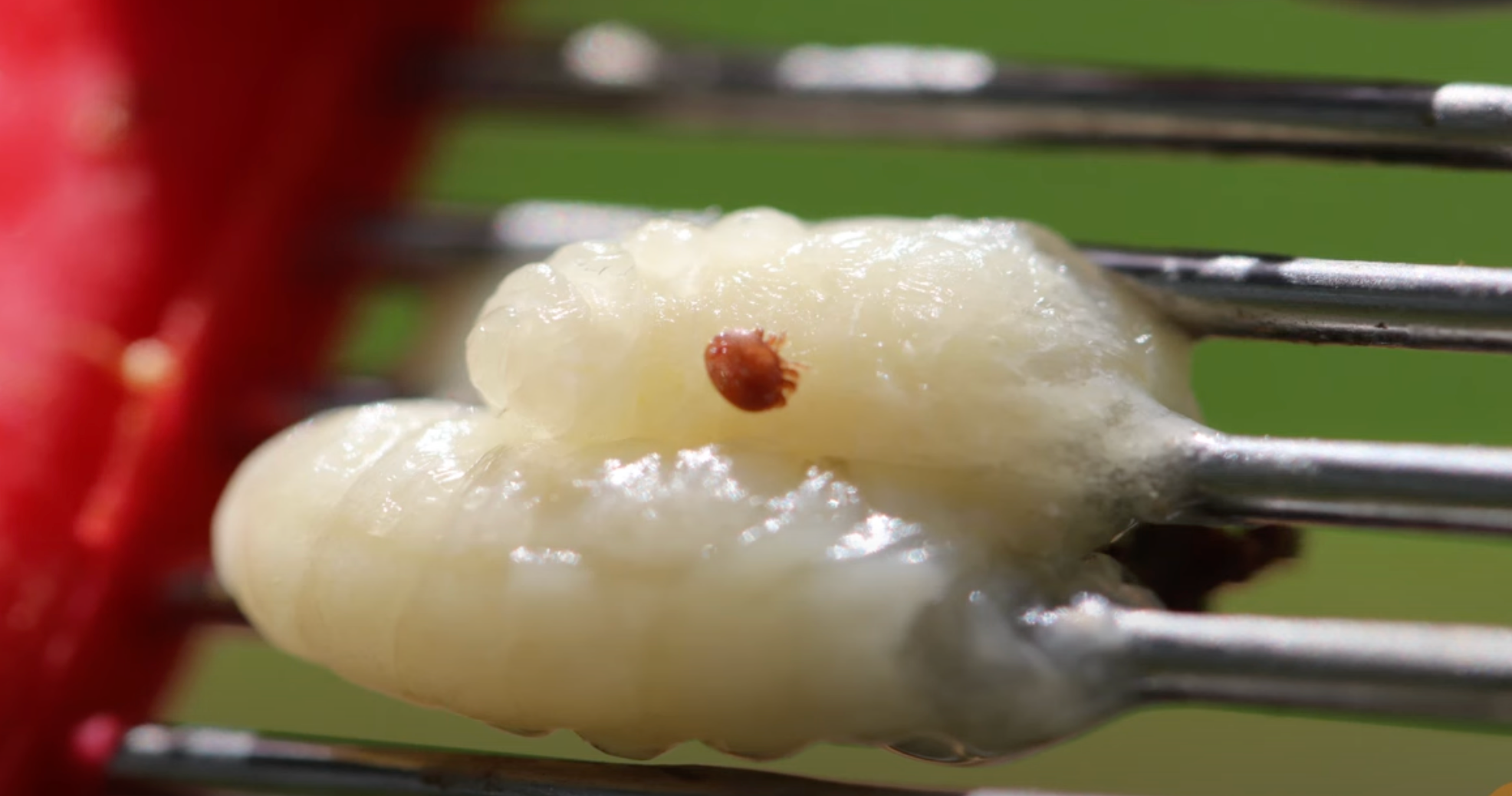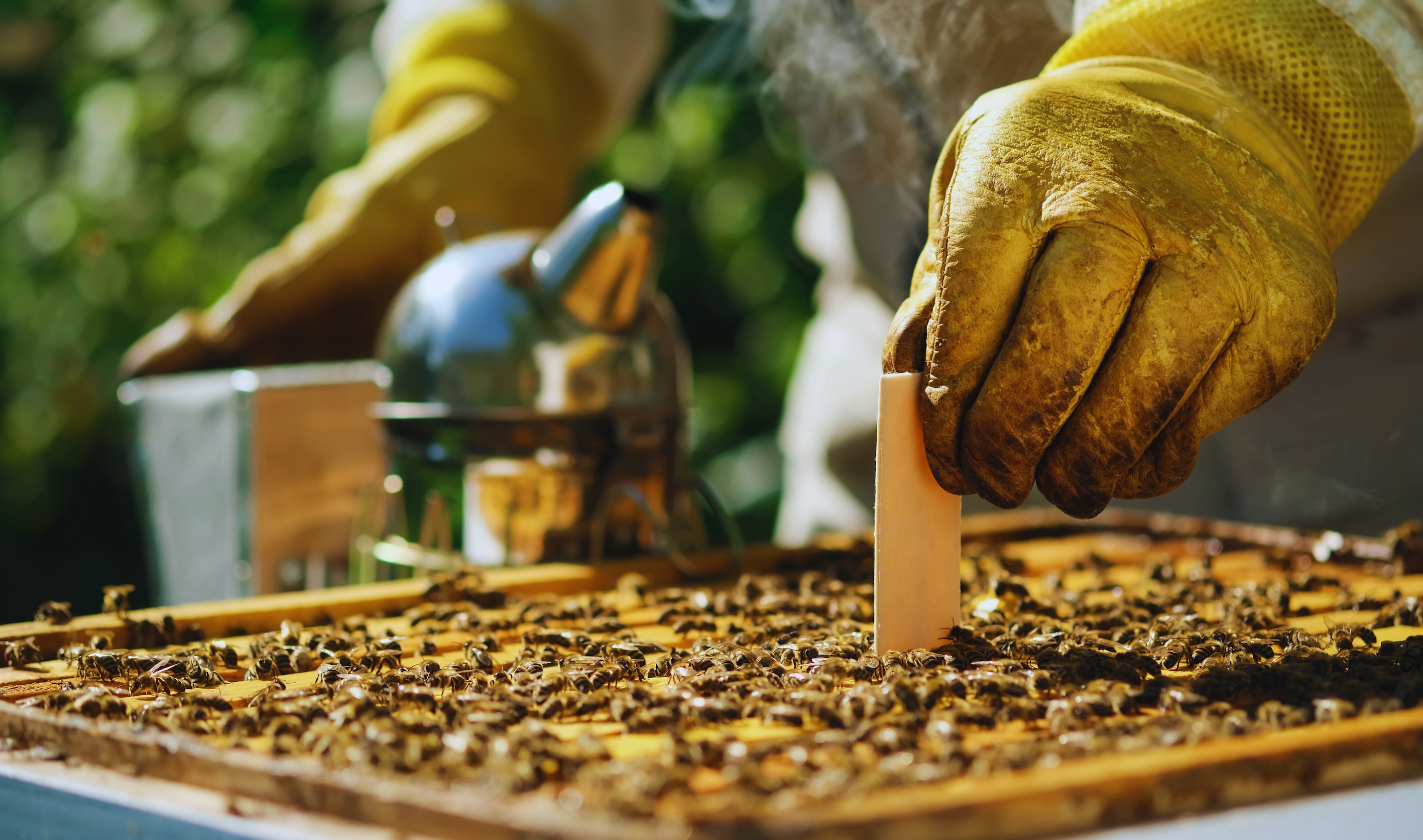How to Treat Varroa Mites in Australia: A Complete Guide to Effective Treatment Methods
- Integrated control programs work better than single treatments for Australian conditions
- Chemical treatments, organic options, and physical methods can all play a role in varroa control
- Treatment timing must work around Australia's extended 11-month honey season
- Regular monitoring helps you choose the right treatment method and timing
Understanding Varroa Treatment Options in Australia
Welcome, fellow bee enthusiast! Treating varroa mites effectively in Australia requires understanding the full range of treatment options available to you. From chemical treatments to organic alternatives and physical methods, each approach has its place in a well-rounded varroa management program.
Australia's unique beekeeping environment - with extended honey flows and diverse climate zones - means you need flexible treatment strategies that work with your local conditions. This comprehensive guide will walk you through all the major treatment methods, helping you build an effective program for your hives.
The Integrated Control Program Approach
Dr. Mark Goodwin's research shows that integrated control programs (IPM) work much better than relying on single treatments. Instead of just using chemical strips, IPM combines multiple methods like ventilated floorboards, drone trapping, breeding for resistance, and strategic treatment timing.
This approach gives you better long-term control and reduces the risk of mites developing resistance to treatments. For Australian beekeepers dealing with extended honey flows, IPM offers the flexibility to maintain effective varroa control without constantly disrupting honey production.
Chemical Treatment Options
Chemical treatments remain one of the most effective ways to quickly reduce varroa populations. Several products are registered for use in Australia, each with different active ingredients and application methods.
Synthetic Miticides
These include products containing amitraz, flumethrin, or coumaphos. They're highly effective but should be rotated to prevent resistance development. Always remove honey supers during treatment and follow label directions carefully.
Formic Acid Treatments
Formic acid productscan be used during honey flows in some cases. They work by fumigating the hive and can reach mites inside sealed brood cells.
Organic Treatment Methods
Organic treatments offer alternatives for beekeepers wanting to avoid synthetic chemicals. While they may require more frequent applications, they can be very effective when used properly.
Essential Oil Treatments
Products containing thymol, wintergreen, or spearmint oils work by disrupting mite behavior and reproduction. They're generally safer for bees but may need warmer temperatures to be most effective.
Oxalic Acid
Oxalic acid can be applied by vaporization or as a syrup drip. It's most effective when little to no sealed brood is present, making timing crucial for success.
Physical Control Methods
Physical methods work by interrupting the varroa life cycle or making conditions less favorable for mite reproduction. These methods can be used year-round without interfering with honey production.
Drone Comb Removal
Varroa mites prefer to reproduce in drone cells. By providing drone foundation and removing it before drones emerge, you can significantly reduce mite populations. Time this carefully - remove combs when drone pupae are visible but before emergence.
Screen Bottom Boards
Screened bottom boards allow mites that fall off bees to drop out of the hive rather than climbing back up. This passive control method works continuously and helps with hive ventilation too.
Treatment Comparison Guide
Understanding when and how to use different treatments helps you choose the right approach for your situation:
| Treatment Type | Effectiveness | Honey Flow Use | Best For |
|---|---|---|---|
| Synthetic Miticides | Very High | No - Remove supers | High infestations, quick knockdown |
| Formic Acid | High | Some products - Check labels | Brood penetration needed |
| Essential Oils | Moderate | Usually Yes | Organic programs, rotation |
| Oxalic Acid | High (no brood) | Usually Yes | Broodless periods, winter |
| Drone Removal | Moderate | Yes | Continuous control, IPM programs |
A Step-by-Step Approach to Varroa Treatment
Follow this systematic process to develop an effective treatment program for your hives:
Step 1: Monitor Your Mite Levels
Start with alcohol wash, sugar shake, or sticky board monitoring to establish baseline mite levels. Test multiple hives and record results. Know your action thresholds - generally 2-3% for most times of year, lower before winter.
Step 2: Choose Your Treatment Strategy
Based on mite levels, honey flow status, and your management goals, select appropriate treatments. High levels need immediate chemical intervention, while lower levels might be managed with organic or physical methods.
Step 3: Plan Your Treatment Calendar
Map out your annual treatment schedule considering honey flows, weather patterns, and brood cycles. Plan for rotation between different treatment types to prevent resistance development.
Step 4: Apply Treatments Properly
Follow label directions exactly for chemical treatments. Ensure proper temperature ranges, remove honey supers when required, and complete full treatment courses. Don't cut corners on application procedures.
Step 5: Monitor and Evaluate Results
Check treatment effectiveness with follow-up monitoring 2-4 weeks after completion. Record results to improve future decisions. If treatments aren't working, consider resistance issues or application problems.
Timing Treatments for Australian Conditions
Australia's extended honey season requires careful treatment timing. You need to balance effective mite control with minimal disruption to honey production and bee health.
Seasonal Treatment Windows
Look for these opportunities throughout the year:
- Late winter/early spring: Before main buildup, when brood levels are still manageable
- Mid-season breaks: Brief gaps in honey flows when you can apply treatments
- Autumn: After honey harvest but while bees are still active
- Winter: Limited options, mainly oxalic acid during broodless periods
Building Your Integrated Program
A successful integrated varroa management program combines multiple approaches throughout the year. Here's how to build one that works for Australian conditions:
Year-Round Components
- Regular monitoring every 6-8 weeks
- Screen bottom boards on all hives
- Drone comb management during active season
- Strong colony management practices
Seasonal Treatments
- Spring chemical treatment if needed
- Mid-season organic treatments during honey flows
- Autumn chemical treatment for high mite loads
- Winter oxalic acid when broodless
Managing Treatment Resistance
Varroa mites can develop resistance to chemical treatments over time. Preventing and managing resistance is crucial for long-term success.
Resistance Prevention
- Rotate between different chemical classes
- Use full label doses and complete treatment courses
- Combine chemical treatments with physical methods
- Monitor treatment effectiveness regularly
Signs of Resistance
- Treatments that used to work no longer reduce mite counts
- Mite levels continue rising despite proper treatment
- Other beekeepers in your area reporting similar problems
Safety and Legal Considerations
Always prioritize safety when applying varroa treatments and ensure you're following all legal requirements.
Personal Safety
- Wear appropriate protective equipment
- Follow label directions for mixing and application
- Store chemicals securely away from children and pets
- Dispose of empty containers properly
Legal Requirements
- Only use products registered for varroa control in Australia
- Follow withholding periods for honey harvest
- Keep records of treatments applied
- Check state-specific regulations
Summary of Key Takeaways
- Integrated control programs combining multiple methods work best for Australian conditions
- Chemical, organic, and physical treatments all have important roles in varroa management
- Regular monitoring helps you choose the right treatments and timing
- Treatment rotation prevents resistance development and maintains effectiveness
- Physical methods like drone removal and screen boards provide year-round control
- Australia's extended honey season requires flexible treatment strategies
- Safety and legal compliance are essential parts of any treatment program
Ready to Build Your Varroa Treatment Program?

Ecrotek Australia provides all the tools and treatments you need for effective varroa management. From monitoring equipment to chemical and organic treatments, we help you keep your colonies healthy and productive.
Shop Varroa TreatmentsOr contact our team today for personalised advice on building the best varroa treatment program for your beekeeping operation.


